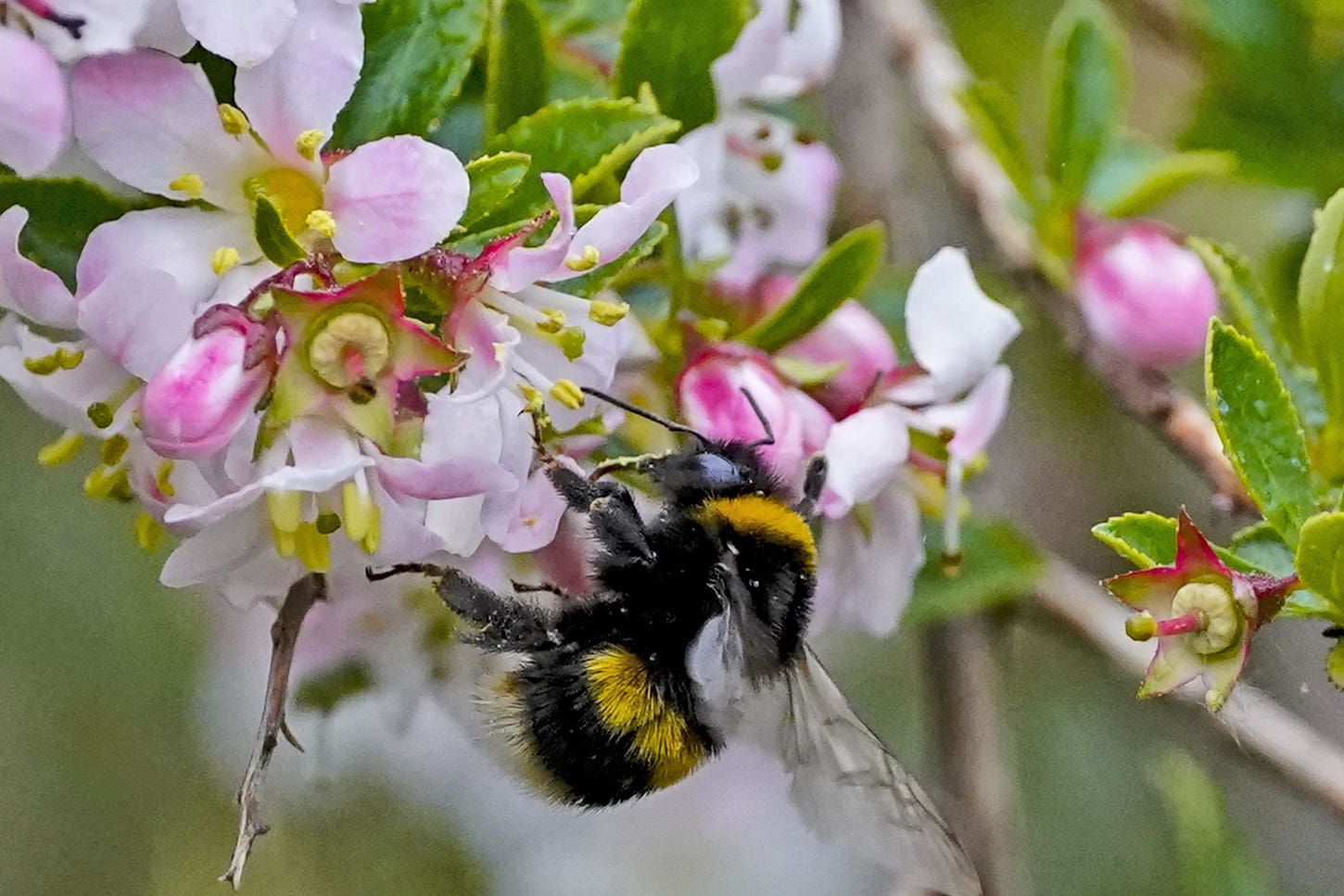Current insecticide safety tests inadequate, research suggests
Researchers have found that bees have different versions of a nerve cell receptor that is targeted by insecticides.

Your support helps us to tell the story
From reproductive rights to climate change to Big Tech, The Independent is on the ground when the story is developing. Whether it's investigating the financials of Elon Musk's pro-Trump PAC or producing our latest documentary, 'The A Word', which shines a light on the American women fighting for reproductive rights, we know how important it is to parse out the facts from the messaging.
At such a critical moment in US history, we need reporters on the ground. Your donation allows us to keep sending journalists to speak to both sides of the story.
The Independent is trusted by Americans across the entire political spectrum. And unlike many other quality news outlets, we choose not to lock Americans out of our reporting and analysis with paywalls. We believe quality journalism should be available to everyone, paid for by those who can afford it.
Your support makes all the difference.Tests currently used to assess the safety of insecticides are inadequate and bees may potentially be affected more than previously thought, according to scientists.
Researchers from Queen Mary University of London (QMUL) found that bees have different versions of a nerve cell receptor that is targeted by insecticides.
The experts said their findings, published in the journal Molecular Ecology, suggest it may be impossible to accurately predict the impacts of insecticide exposure on bees.
Alicja Witwicka, lead author of the study and a researcher at QMUL, said: “We already knew that the insecticides can harm beneficial pollinators by affecting their behaviour, their memory, their dexterity, their immunity, and their ability to reproduce.
The testing process is too crude as is
“We now also know why insecticide can harm pollinators in so many different ways.”
Insecticides work by disrupting an insect’s nervous system.
The most commonly used insecticides, which include neonicotinoids, target a nerve cell receptor, known as a nicotinic acetylcholine receptor.
These receptors are essential for the transmission of signals between nerve cells.
Experts say insecticide safety evaluations have not taken into account that bees may have different versions of these receptors in different parts of the body.
This shows that all parts of a bee could be affected by insecticide exposure, the researchers said.
The team also found that in different tissues this receptor is made using different components.
The researchers said “major differences” were also seen between bees of different ages and between species.
This research underlines the importance of testing the impacts of pesticides on a range of bee species and life stages
Professor Yannick Wurm, of QMUL, who is also a lead author of the study, said: “Previous work showed that receptor composition affects susceptibility to the insecticides.
“We now found that receptor composition varies between tissues and between species.”
He added: “Given the variation we see in the neural receptor, any conclusion about safety is premature.
“The testing process is too crude as is.”
Matt Shardlow, chief executive of the Buglife charity, who was not involved in the study, said: “Despite the huge negative impact on wild pollinators caused by neonicotinoid pesticides, the lessons have not been learnt and the pesticide approval processes have not been improved.
“This research underlines the importance of testing the impacts of pesticides on a range of bee species and life stages, before chemicals that can cause huge damage to nature are released into the environment.”